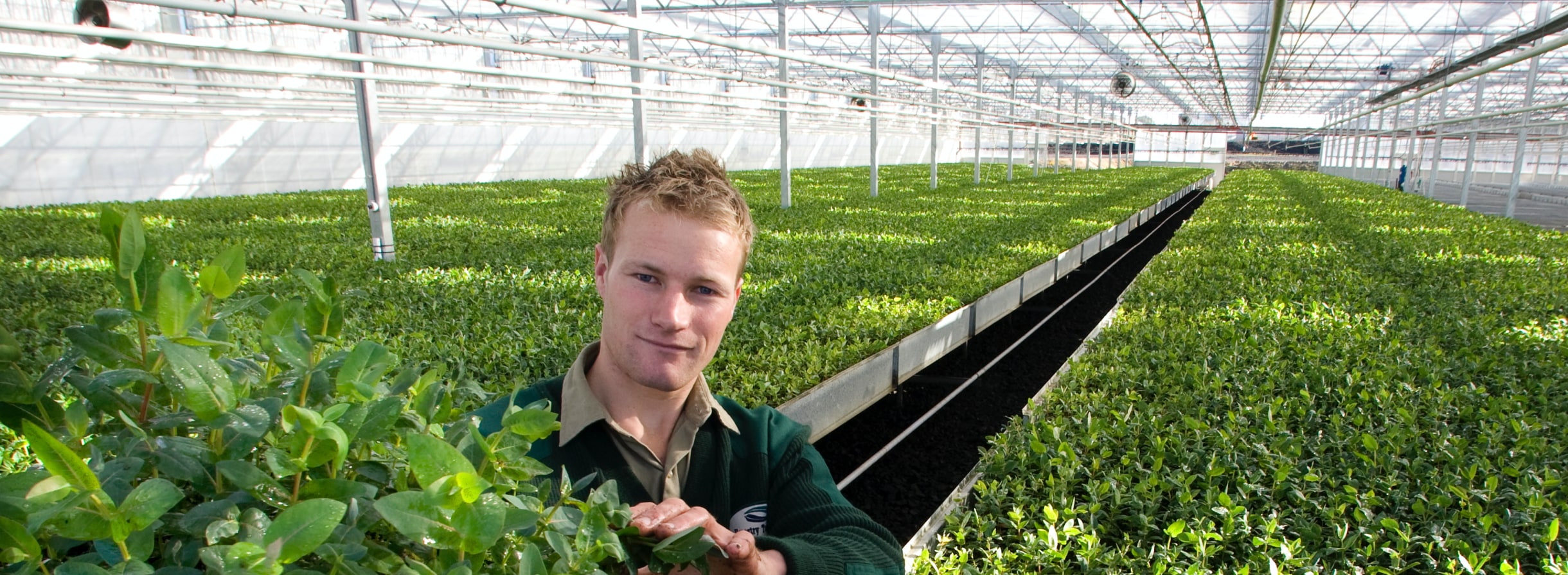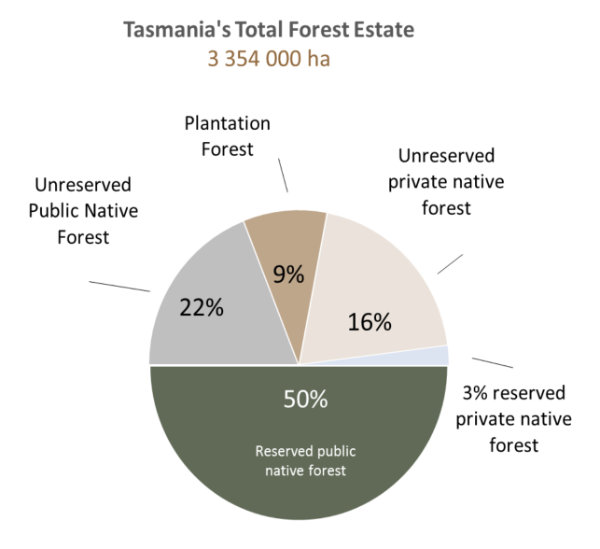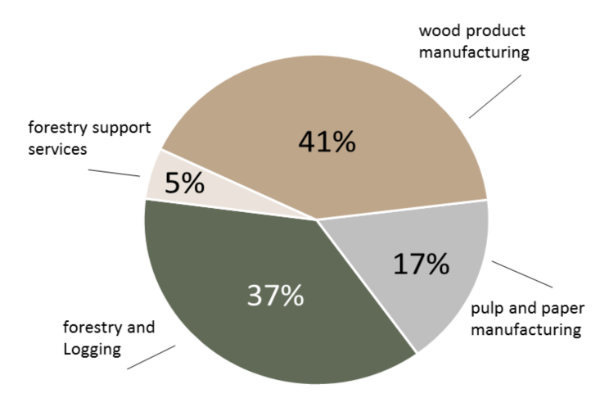
 Tasmania’s total land mass is approximately 6 810 000 hectares, of which 3 354 000 hectares is forested.
Tasmania’s total land mass is approximately 6 810 000 hectares, of which 3 354 000 hectares is forested.
53 per cent of all Tasmania’s forests (and 58.2 per cent of Tasmania’s native forests) are protected in reserves. This includes 87 per cent of Tasmania’s old growth forests. Tasmania’s plantation forests are predominantly in private ownership and comprises approximately 75 per cent hardwood and 25 per cent soft wood.
Sources: State of the Forests Tasmania, 2017
Forest Management System
Tasmania’s Forest Management System is underpinned by three core elements of sustainable forest management:
- a policy for maintaining a permanent native forest estate;
- a comprehensive, adequate and representative reserve system that securely protects conservation values; and
- a system for managing forests outside reserves in a manner that contributes to sustainable environmental, social and economic outcomes.
Permanent Native Forest Estate Policy
The Permanent Native Forest Estate Policy prohibits broadscale clearance and conversion of native forest, other than in limited prescribed circumstances.
Reserve System
Tasmania’s comprehensive, adequate and representative (CAR) reserve system has been established to cover the broadest diversity of native forest communities on public and private land. Over half of Tasmania’s land area is included in the CAR reserve system.
Managing Forest Operations Outside Reserves
The Forest Practices Authority (FPA) is an independent statutory body that administers the Tasmanian forest practices system on both public and private land.
The FPA sets the guidelines and standards to protect important natural and cultural values during forestry operations through the Forest Practices Code.
Tasmania’s Production Forests
Production forests are managed to supply a wide range of wood products to local and overseas customers, including high and low quality sawlogs, high grade domestic peeler logs, special species timbers, pulpwood and firewood. These forests also support other commercial activities, such as apiarists and tourism ventures, as well as recreational activities.
Wood Production
 In 2016-17, Tasmanian forests produced a total of 5.330 million cubic metres of wood fibre. This was a 21 per cent increase from 2015-16. The private forest estate contributed almost three quarters of the total wood production in Tasmania in 2016-17. 4.01 million tonnes of wood products were exported from Tasmania in 2016-17. This represents a 17.5 per cent increase in exports from 2015-16.
In 2016-17, Tasmanian forests produced a total of 5.330 million cubic metres of wood fibre. This was a 21 per cent increase from 2015-16. The private forest estate contributed almost three quarters of the total wood production in Tasmania in 2016-17. 4.01 million tonnes of wood products were exported from Tasmania in 2016-17. This represents a 17.5 per cent increase in exports from 2015-16.
Sources: Forestry Tasmania; Private Forests Tasmania
Employment and Economic Contribution
The 2016 census reported that there were 2441 people working directly in the forest industry in Tasmania.
Source: ABS, 2017.
Tasmanian Government Initiatives
Response to Industry Growth Strategy
The Government has provided a formal response to the Strategic Growth Plan for the Tasmanian Forests, Fine Timber and Wood Fibre Industry through the 2017-18 State Budget.
Government initiatives are targeting:
- improved collation of socio-economic data relevant to forestry and its application in policy and regulatory development; and
- implementation of community awareness and marketing strategies.
Wood Encouragement Policy
The Tasmanian Government has introduced Australia’s first State-level policy to encourage the use of more timber and timber products in Government projects.
Further information is available at:
http://www.stategrowth.tas.gov.au/forestry/tasmanian_wood_encouragement_policy
National Institute for Forest Products Innovation
The Tasmanian and Australian Governments have each committed $2 million, with a matching $2 million commitment from industry, to establish a research hub involving the University of Tasmania. Through an industry-led steering committee, the hub will support further research in areas such as forest management, timber processing, wood fibre recovery, manufacturing and the bio-economy.
Wood and Fibre Processing Innovation Program
A total of up to $1.25 million has been made available through the Wood and Fibre Processing Innovation Program, to support initiatives to better utilise wood and agricultural residues in Tasmania. 13 applicants were successful, involving projects with a combined value of more than $7 million.
Further information
Department of State Growth
www.stategrowth.tas.gov.au/forestry
Sustainable Timber Tasmania
www.sttas.com.au
Private Forests Tasmania
www.pft.tas.gov.au
Forest Practices Authority
www.fpa.tas.gov.au
















